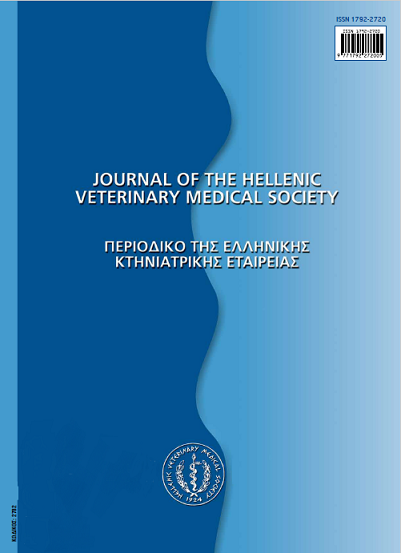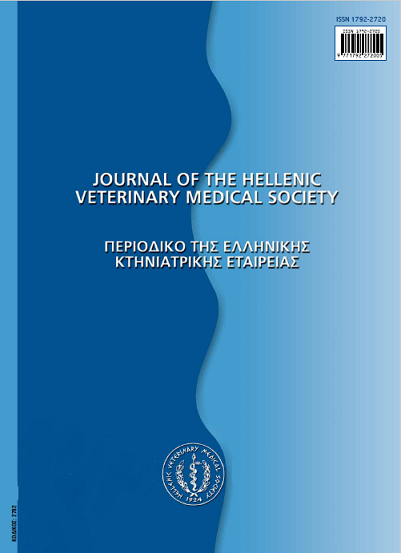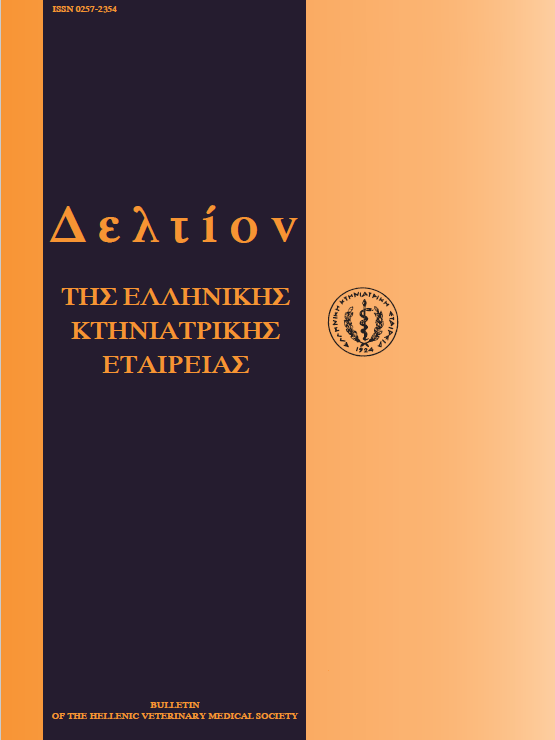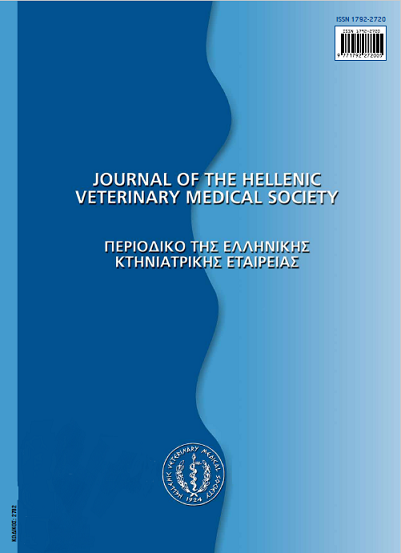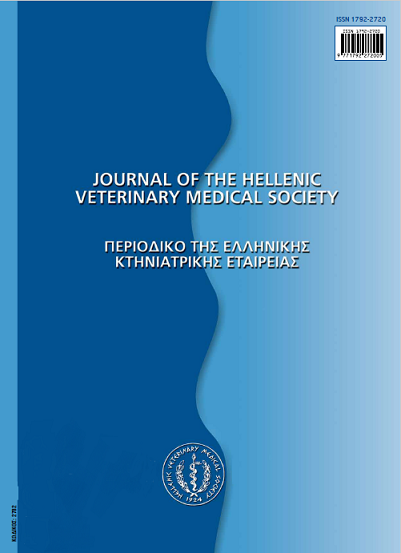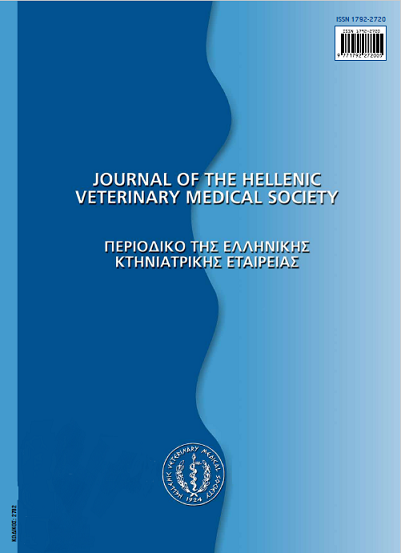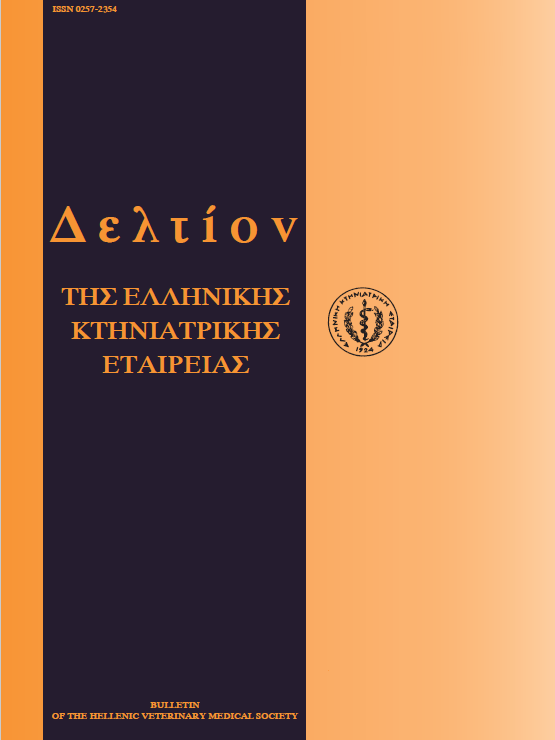Questionnaire-based survey on canine leishmaniosis (Leishmania infantum) in Greece
Abstract
On November 2006, a total of 1,144 questionnaires related to various aspects of canine leishmaniosis (CanL) were mailed to Greek companion animal practitioners. The overall return rate was 17.6% (201/1,144) and did not differ among the nine geographical areas of the country where their practices were located. The global minimum, average and maximum frequency of CanL diagnosis, on a year-round basis, were 0.98%, 3.30% and 7.46%, respectively; these figures were lower in Crete, followed by Aegian islands and then by Macedonia, compared to Péloponnèse, Central Greece (including Evoia) and Thessaly. Most of the veterinarians (70.4%) were practicing in endemic areas of the disease with the number of new cases and cases under treatment reported to remain stable over the past years. The most common clinical manifestations of CanL reported were the progressive loss of body weight, peripheral lymphadenomegaly, anemia and exoliative dermatitis with or without alopecia; concurrent diseases, especially ehrlichiosis and dirofilariosis, were also commonly witnessed. The abnormal results of non-specific laboratory examinations, such as haematology, serum biochemistry and urinalysis raised the suspicion of CanL that was subsequently confirmed mainly with serology (in-office rapid screening tests, indirect immunofluorescence, ELISA) and less often with lymph node smear microscopy and PCR. Allopurinol and pentavalent antimonials, usually in combination, and less frequently metronidazole, ketoconazole, amphotericin B, fluoroquinolones or aminosidine were employed as antileishmanial medication in the cases undergone treatment. Pentavalent antimonials were associated with a higher frequency of side effects, followed by amphotericin B, whereas allopurinol was better tolerated. Side effects necessitating the discontinuation of treatment were accounted in approximately 14% of the treated dogs. The discontinuation of treatment was mainly based on serology, although additionalcriteria, such as the clinical improvement or cure, and the normalization of routine laboratory results, were also taken into account. The majority of practitioners repeated the treatment in the advent of a clinical relapse of their cases. Euthanasia was initially suggested by a few veterinarians, but eventually it was necessary in approximately 10% of the treated dogs. The widespread use of insecticides and/or insect repellents, with or without taking additional preventative measures, such as keeping the dog indoors during the night and applying a fine mesh on the screens, was also recorded. Finally, almost all the practitioners made dog owners aware of the public health issues associated with CanL; however, in most of the cases such information did not deter the owners from accepting treatment of their dogs.
Article Details
- Zitationsvorschlag
-
SARIDOMICHELAKIS (Μ.Ν. ΣΑΡΙΔΟΜΙΧΕΛΑΚΗΣ) M. N., KOUTINAS (Α.Φ. ΚΟΥΤΙΝΑΣ) A. F., & BOURDEAU, P. (2017). Questionnaire-based survey on canine leishmaniosis (Leishmania infantum) in Greece. Journal of the Hellenic Veterinary Medical Society, 60(4), 503–526. https://doi.org/10.12681/jhvms.14938
- Ausgabe
- Bd. 60 Nr. 4 (2009)
- Rubrik
- Research Articles
Authors who publish with this journal agree to the following terms:
· Authors retain copyright and grant the journal right of first publication with the work simultaneously licensed under a Creative Commons Attribution Non-Commercial License that allows others to share the work with an acknowledgement of the work's authorship and initial publication in this journal.
· Authors are able to enter into separate, additional contractual arrangements for the non-exclusive distribution of the journal's published version of the work (e.g. post it to an institutional repository or publish it in a book), with an acknowledgement of its initial publication in this journal.
· Authors are permitted and encouraged to post their work online (preferably in institutional repositories or on their website) prior to and during the submission process, as it can lead to productive exchanges, as well as earlier and greater citation of published work.

